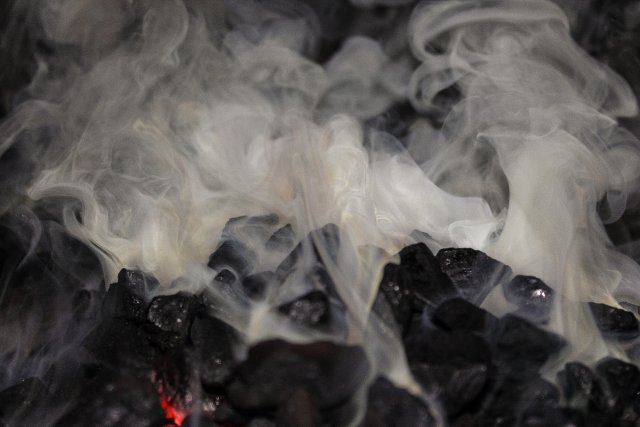The argument commonly put forward in favor of burning coal to generate electricity is that it is a cheap and efficient way to do so. But that doesn’t hold true anymore.
A third of the world’s coal-fired power plants are already more expensive to operate than the construction of new renewable energy sources, complemented by improved battery storage solutions. This is according to a team of experts who have published a report on the rising cost of coal-fired energy compared to renewables.
Within five years, they explain, as the prices of renewables will continue to plummet, as many as 73% of the planet’s coal fleet will be costlier than newly installed renewables. “Replacing the entire fleet of global coal plants with clean energy plus battery storage could be done at a net annual savings as early as 2022,” write the energy experts at the Rocky Mountain Institute.
“The rapidly declining costs of renewables push net annual savings to $105 billion in 2025,” they add.
“All this is before considering coal’s dire health, climate, and environmental impacts, or accounting for the social and environmental benefits of reducing pollutants.”
A fast-paced phase-out of coal-fired energy generation with a simultaneous transition to renewables is “within our grasp,” emphasizes Paul Bodnar, managing director of the U.S.-based think tank.
“Coal power is quickly facing economic obsolescence, independent of carbon pricing and air pollution policies,” says Matt Gray, managing director of the Carbon Tracker Initiative, a nonprofit based in the United Kingdom. “Closing coal capacity and replacing it with lower cost alternatives will not only save consumers and taxpayer’s money, but could also play a major role in the upcoming economic recovery.”
In many developed nations , including the United States, renewables are rapidly gaining ground on coal. This is particularly the case at the moment, as the Covid-19 pandemic has reduced the overall demand for electricity, yet solar and wind power generation continues to grow rapidly.
“With wind and solar, once you have set up the solar farm or windmill, the incremental cost of running them is next to nothing,” says Toby Shea, a senior credit officer at the ratings agency Moody’s Investors Service. “On the other hand, the fuel cost associated with coal-fired or gas-fired generation is significant. So, when the demand pie shrinks, coal and gas will back off, but solar and wind will keep running.”



































